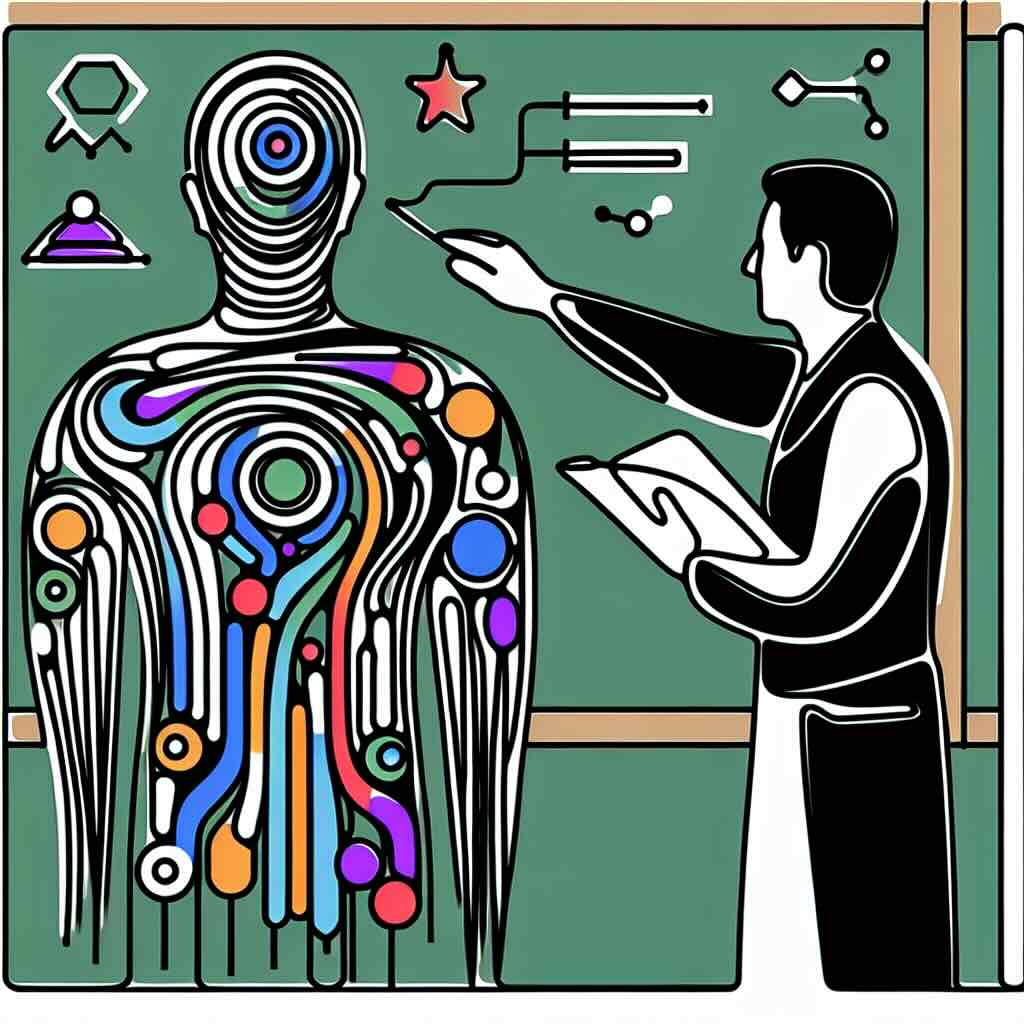Developing your skills for understanding learner needs will enhance your instructional design skills
Empathy in instructional design focuses on truly understanding the unique needs, struggles, and motivations of learners. Through empathy, instructional designers can create more effective and impactful learning experiences that resonate with and engage students at a deeper level.
Table of Contents:
1. The Role of Empathy in Instructional Design
2. Techniques for Developing Empathy
3. Practical Applications of Empathic Design
4. Challenges and Considerations
5. The Future of Empathy in Instructional Design
6. Benefits
7. Risks
8. One Thing You Can Try Today
9. Conclusion
10. Call to Action
11. Related Topics
The Role of Empathy in Instructional Design
Empathy is the cornerstone of effective instructional design. When you understand the emotions, challenges, and goals of your learners, you can craft educational experiences that truly resonate. Empathy goes beyond basic considerations of cognitive load or learning outcomes; it allows you to see the learning process from the learner’s perspective. By putting yourself in their shoes, you can identify potential barriers and create a more supportive learning environment. This proactive empathy ensures that the learning path is not just instructive but also emotionally engaging and motivating.
Techniques for Developing Empathy
Developing empathy requires conscious effort and specific techniques. Storytelling, learner personas, and interviewing real students are some effective methods. Storytelling helps in visualising real-life scenarios that learners might face. Creating detailed learner personas allows you to delve into the backgrounds, motivations, and struggles of your different audiences. Conducting one-on-one interviews provides first-hand insights into learner experiences. These techniques can open the door to deeper empathy, helping you understand your audience on an emotional level and create designs that truly serve their needs.
Practical Applications of Empathic Design
Once empathy is cultivated, it can be applied in various facets of instructional design. From designing course content that aligns with student aspirations to developing intuitive user interfaces that consider accessibility, empathy enhances every aspect of the learning experience. For example, using language that resonates with your learner’s cultural background or choosing diverse examples and case studies can enrich the learning experience. Empathic design also considers different paces of learning, providing options for quick mastery as well as in-depth explorations.
Challenges and Considerations
While empathy is powerful, it comes with its own set of challenges. Balancing empathy with practicality, maintaining objectivity while understanding subjective experiences, and dealing with diverse and sometimes conflicting needs are among the main hurdles. Moreover, time constraints and limited resources can make it difficult to implement empathic designs fully. Despite these challenges, the benefits of empathy in instructional design far outweigh the difficulties. Keeping the focus on understanding rather than judging can mitigate many of these challenges.
The Future of Empathy in Instructional Design
The future of instructional design promises greater integration of empathy. Advances in technology, such as AI and data analytics, can offer deeper insights into learner behaviors and needs. However, the human element remains irreplaceable. The combination of technological tools with human empathy can pave the way for more personalized and effective learning experiences. Instructional designers need to remain adaptable, continuously refining their empathic skills to keep up with evolving learner needs and educational paradigms.
Benefits
Empathy in instructional design leads to more engaging and relevant educational experiences. By understanding learner needs, designers can create content that is more accessible and inclusive. This leads to higher learner satisfaction, better retention rates, and improved overall learning outcomes. Empathy fosters a sense of connection and belonging, which can boost motivation and reduce attrition.
Risks
Overemphasis on empathy can sometimes lead to subjective biases. It’s essential to balance empathy with evidence-based instructional strategies to avoid creating content that is too tailored and not broadly applicable. Additionally, spending too much time on empathising with learners may strain resources and increase project timelines.
One Thing You Can Try Today
Write a brief “Empathy Map” for a current or past learner. Include four sections: Feelings, Challenges, Goals, and Solutions. Spend 10 minutes brainstorming what this learner feels during the learning process, the challenges they face, the goals they aim to achieve, and potential solutions you could offer. This quick exercise can enhance your immediate understanding of learner needs.
Conclusion
Empathy is a transformative tool in instructional design. By placing the learner at the center of the design process, you can create more resonant, effective, and inclusive educational experiences. Although there are challenges to implementing empathy, the potential benefits make it a crucial component of successful instructional design.
Try it yourself
1. Reflect on a recent instructional design project and identify one way to incorporate more empathy.
2. Implement an empathy-building technique such as storytelling or learner personas in your next project.
3. Share your experiences and insights with colleagues to foster a more empathetic approach in your team.
Related Topics:
- Inclusive Instructional Design
- User-Centered Design in Education
- Instructional Design for Adult Learners
- Cognitive Load Theory in Instruction
- Emotional Engagement in Learning







